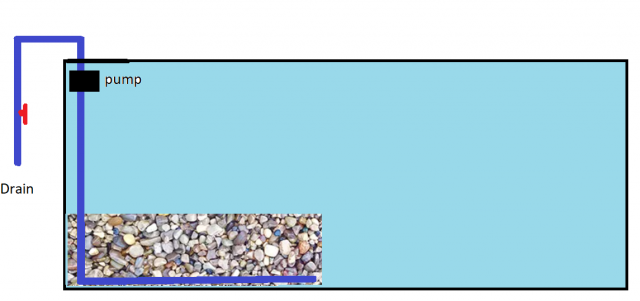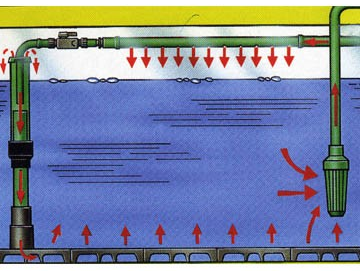Instead of solely siphoning water from the tank, considering that debris tends to accumulate in the densest part of the gravel, what if we were to lay 3/4 inch PVC tubes beneath the gravel (with gravel size around 5 mm) covering an area of approximately 16 by 22 inches, leaving the rest of the bottom bare? Would this approach offer a viable solution for eliminating the need to regularly siphon the gravel using a gravel vacuum?
Anyone tried this approach?


Anyone tried this approach?


Attachments
-
191.6 KB Views: 143










